Kisaku Ito
出生 : 1899-08-01, Tokyo, Japan
死亡 : 1967-03-31

Art Direction
Nine maids serve the household of a writer and his wife. The couple treat their maids like daughters and marry them off to eligible men. So, they are forever looking for new maids. As the years go by maid servants become hired help and more bossy and independent, so Chikura and his wife find themselves adjusting their lives to keep up with changing times.
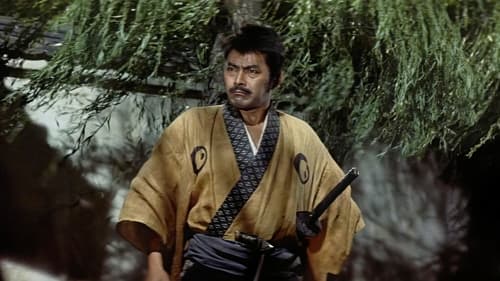
Production Design
The story tells of a group of samurai who were left leaderless (becoming ronin) after their daimyo (feudal lord) was forced to commit seppuku (ritual suicide) for assaulting a court official named Kira Yoshinaka, whose title was Kōzuke no suke. The ronin avenged their master's honor after patiently waiting and planning for over a year to kill Kira. In turn, the ronin were themselves forced to commit seppuku for committing the crime of murder.
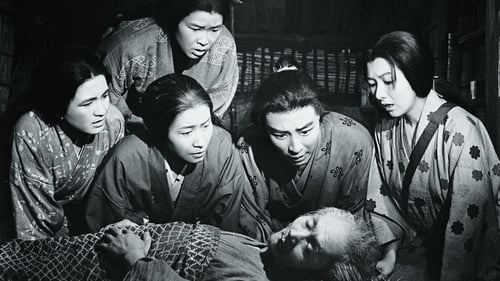
Production Design
In a time of continuous civil wars ravaging the fields of feudal Japan, the eldest son of a very poor peasant family, living alongside the bridge over the Fuefuki river, decides to serve a warlord to escape his miserable condition, being soon followed by his younger brothers. Although not all the men of the family take this tragic path of death, women of the family will be doomed to endure the pain of loss during the next five generations.

Production Design
In this Japanese drama, a village girl goes to Tokyo and becomes a hooker to support her ailing mother. While there she meets an unmarried teacher (at least he says he's unmarried) and falls in love. When she learns that he lied and is married to a woman whose child was fathered by another man, she is crushed. He returns to his wife. The woman becomes more distraught when she learns her uncle has misused the money she has sent. As the final straw, her mother dies, and the girl becomes sick.
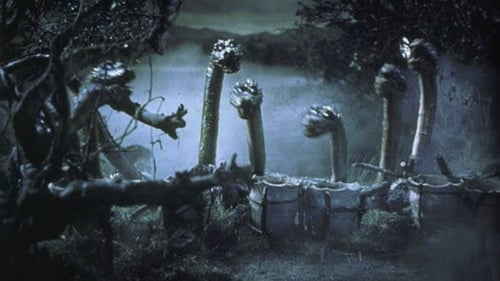
Production Design
The legend of the birth of Shintoism. In Fourth Century Japan, the Emperor's son Ouso expects to succeed his father on the throne, but Otomo, the Emperor's vassal, prefers Ouso's stepbrother, and conspires to have Ouso die on a dangerous mission he has contrived. But Ouso prevails in the mission and returns to his father's castle under a new name, Prince Yamato Takeru. Otomo plots to have the Prince sent into even greater danger, but Otomo is unaware that the gods have favored the Prince and the outcome is far from what any of them expected.

Production Design
Edmund Rostand's play Cyrano de Bergerac, transplanted to Japan. A poet-warrior with an oversized nose (matched only by his great heart) loves a lady. But she sees him only as a friend, so he helps another man to woo her by giving him the poetry of his own heart.
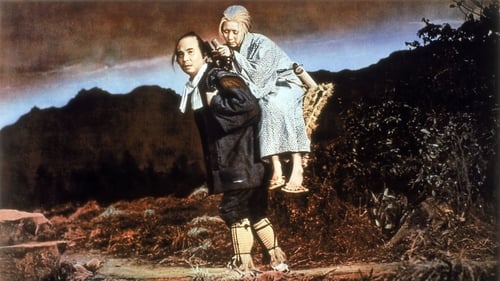
Production Design
70歳になると人減らしのため楢山で姥捨を行う村があった。69歳になるおりんは、息子の辰平と孫たちを世話しながら、辰平の後妻を探していた。辰平は去年、妻に先立たれていたのだ。楢山祭りの日、辰平は隣の村から妻を迎えることができた。おりんは楢山へ行く準備を始めるが、自分の歯が立派であることを恥じ、石臼にぶつけて折ってしまう。そして正月の数日前に突然「明日山へ行く」と言い出すのだった。

Art Direction
It's a man's world. Shimamura, an artist, comes to this snowbound town to rejuvenate himself. He connects with Komako, a geisha he met on a previous trip, and it seems like love. She's the foster daughter of a local family, almost engaged to the family's son Yukio, now dying of consumption. He's tended by his sister Yuko who's angry at Komako for abandoning her brother. Shimamura returns to Tokyo but promises he will be back soon. In anticipation of his return, Komako breaks with her patron and her family loses their home. Complications arise when Shimamura doesn't come back as promised. Then Komako discovers that he and Yuko knew each other in Tokyo. Can Komako escape destiny?
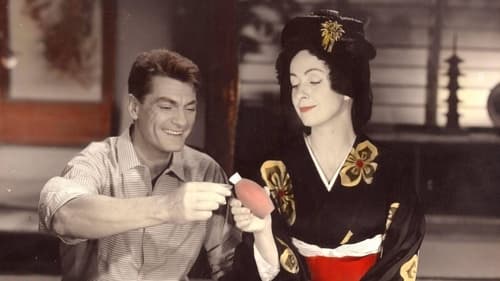
Production Design
Pierre Marsac, a French engineer working for the Nagasaki shipbuilding yards, has fallen in love both with Japan and a charming Japanese girl named Noriko. But Françoise Fabre, a French journalist and Pierre's former lover, contacts him while visiting the Land of the Rising Sun. They meet again, find out their love might not be dead. Meanwhile, Pierre gradually becomes estranged from sweet, humble Noriko. One day, a typhoon strikes Nagasaki...

Art Direction
Shozo is plagued by the needs of his ex-wife and his current one, but prefers the company of his cat.

Art Direction
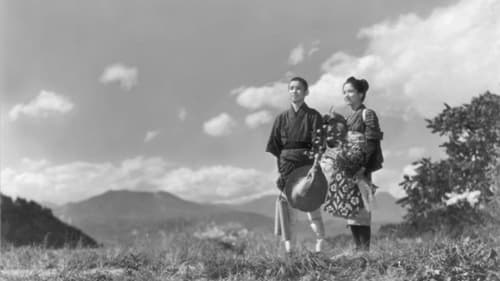
Production Design
Now an old man, Masao returns to his childhood home and begins to recall his upbringing in this abandoned sector of Japan.
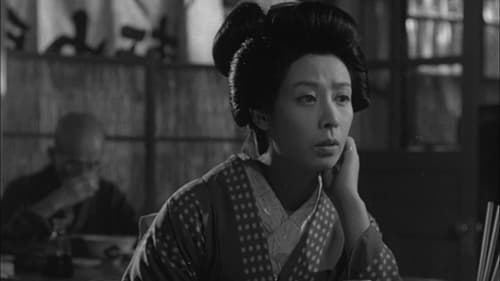
Production Design
The story of a couple, a spoiled son and a down-to-earth girl, in Osaka in the early Showa era. The film won the prestigious Blue Ribbon awards for best director, best actor (Morishige) and best actress (Awashima), and the Mainichi Concours award for best actor and best screenplay (Yasumi Toshio). It ranked second (after Naruse Mikio’s Ukigumo) on the Kinema Junpō top ten films for the year.
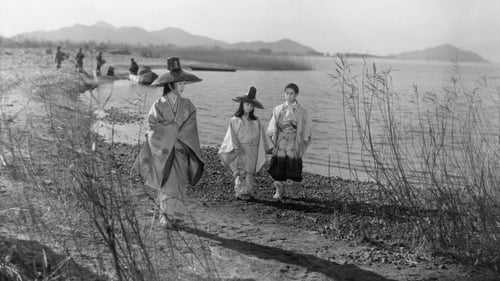
Art Direction
森鴎外の同名小説を、八尋不二と依田義賢が共同で脚色し、溝口健二がメガホンをとった文芸作品。特に美術と撮影はレベルが高く、ヴェネチア国際映画祭で銀獅子賞を受賞した。美しいラストシーンは、ゴダールが「気狂いピエロ」において引用したことでも知られる。 平安時代末期、農民を救うため将軍にたてついた平正氏が左遷された。妻の玉木、娘の安寿と息子の厨子王は越後を旅している途中、人買いにだまされ離ればなれになってしまう。玉木は佐渡に、安寿と厨子王は丹後の山椒大夫に奴隷として売られた。きょうだいはそれから十年もの間、奴隷としての生活を続けるが、ついに意を決して逃げ出すことにする。しかし追っ手に迫られ、安寿は厨子王を逃すため池に身を投げるのだった。
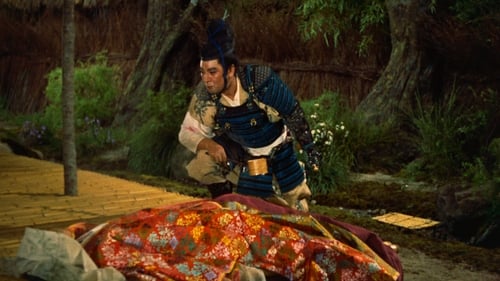
Art Direction
Japan, 1159. Moritō, a brave samurai, performs a heroic act by rescuing the lovely Kesa during a violent uprising. Moritō falls in love with her, but becomes distraught when he finds out that she is married.

Art Direction
A young woman, who must support her father as a middle-aged man's mistress, finds herself falling in love with a student closer to her age.

Art Direction
戦国の世、貧しい陶工・源十郎が若狭姫という女性と知り合い、生活をともにするようになる。だが美しい若狭姫の正体は死霊であった。それを知った源十郎は若狭姫を捨てて故郷に逃げるが、彼女の怨念は執拗に追いすがる……。「雨月物語」をベースに、川口松太郎らが脚色。

Production Design
Dedication of the Great Buddha is a 1952 Japanese film directed by Teinosuke Kinugasa. It was entered into the 1953 Cannes Film Festival.















